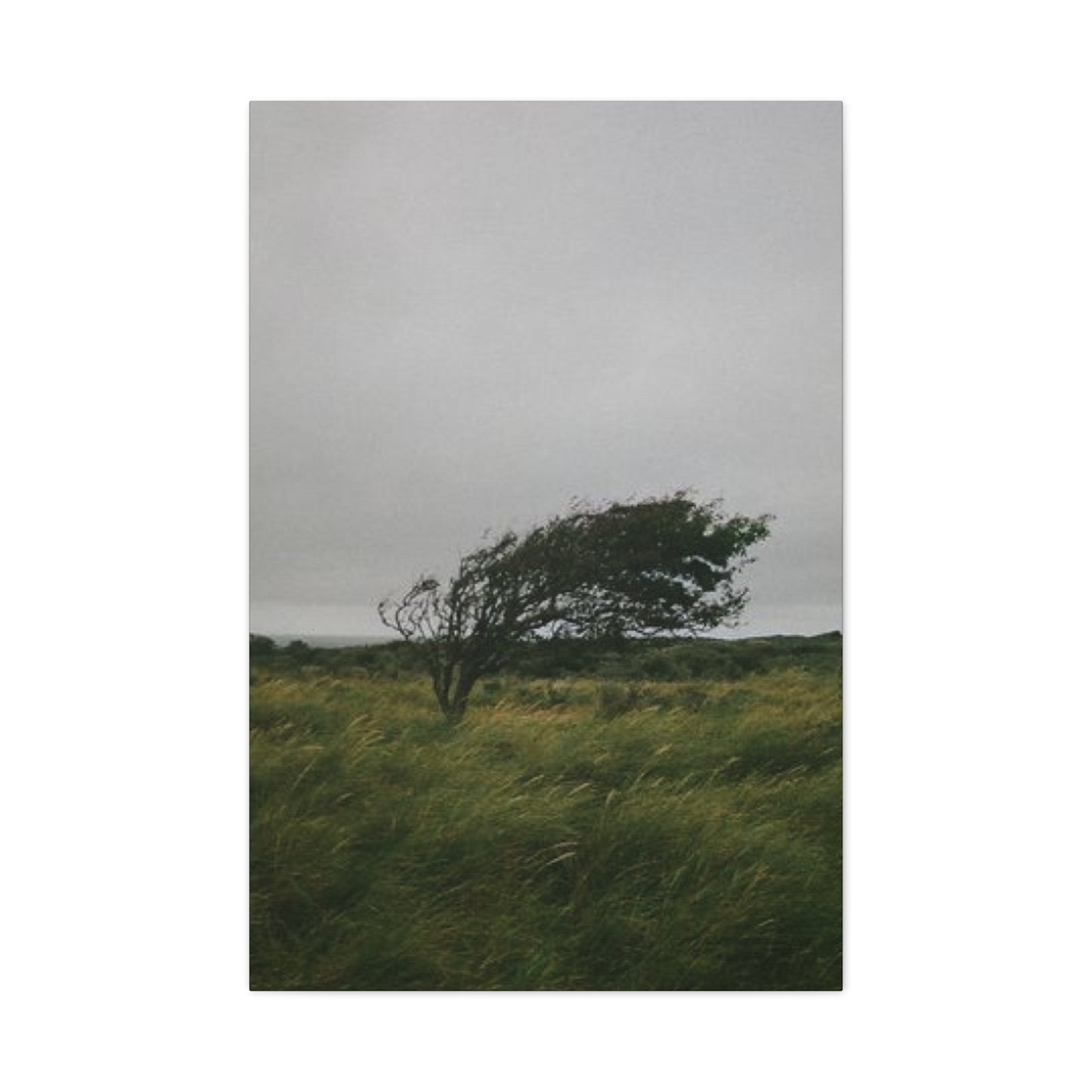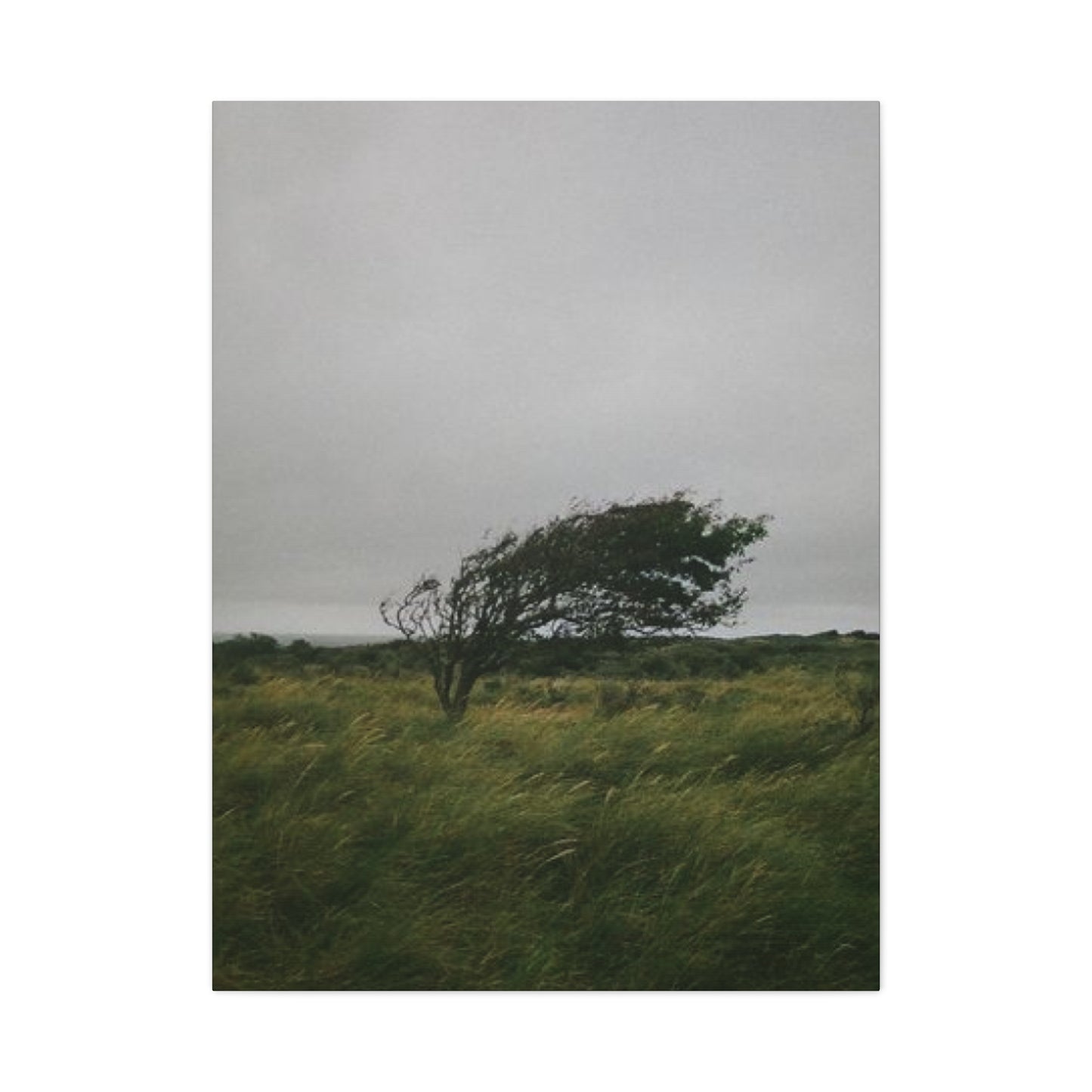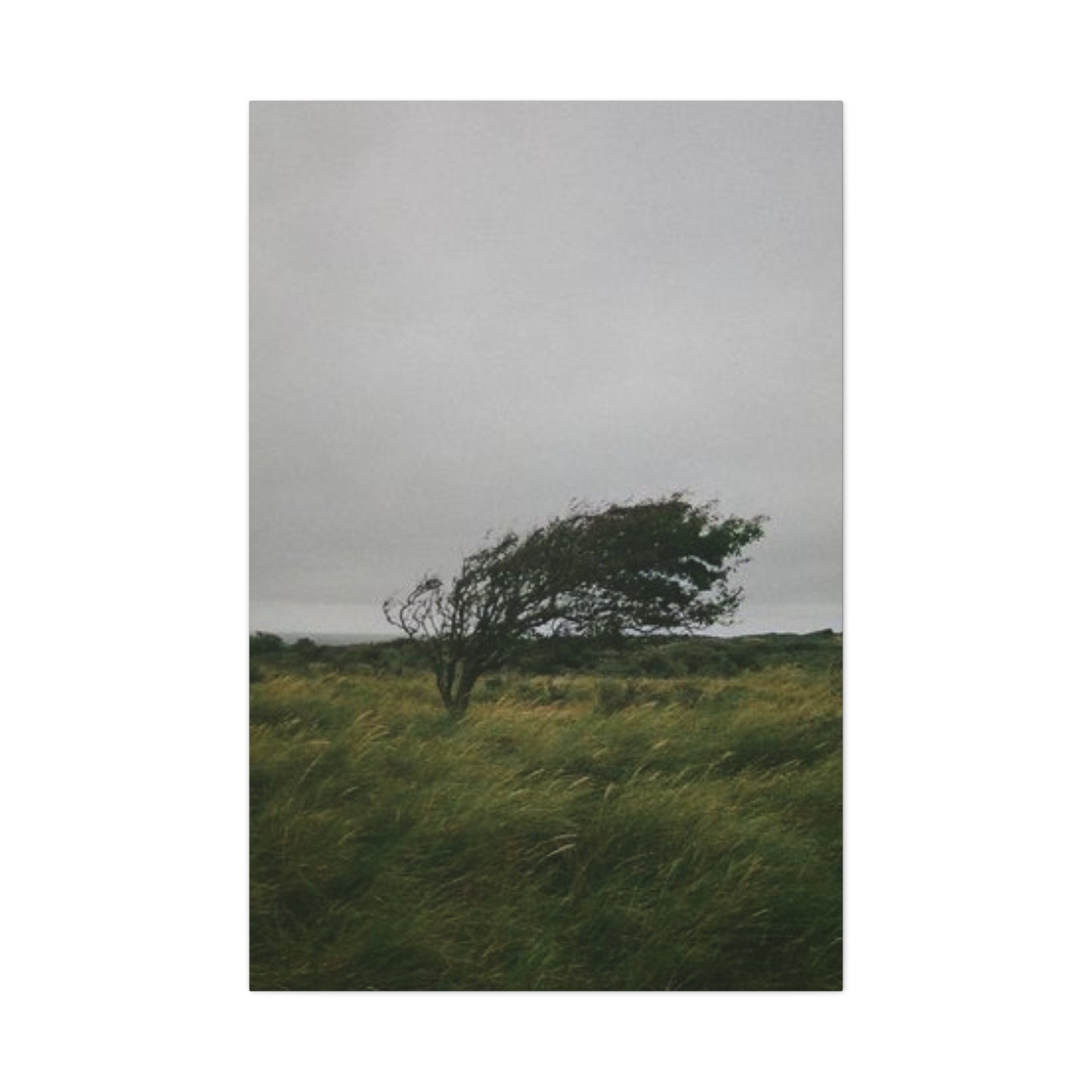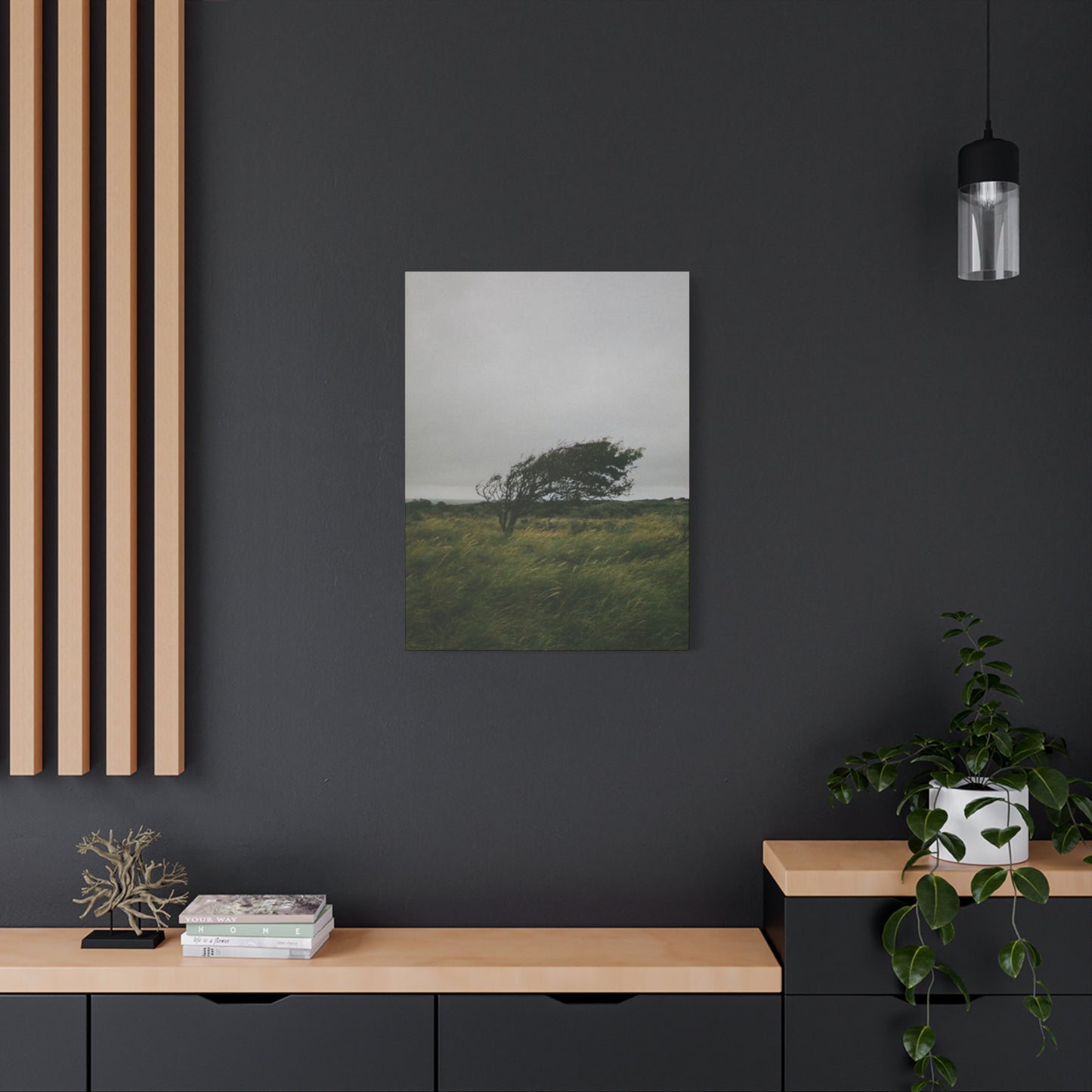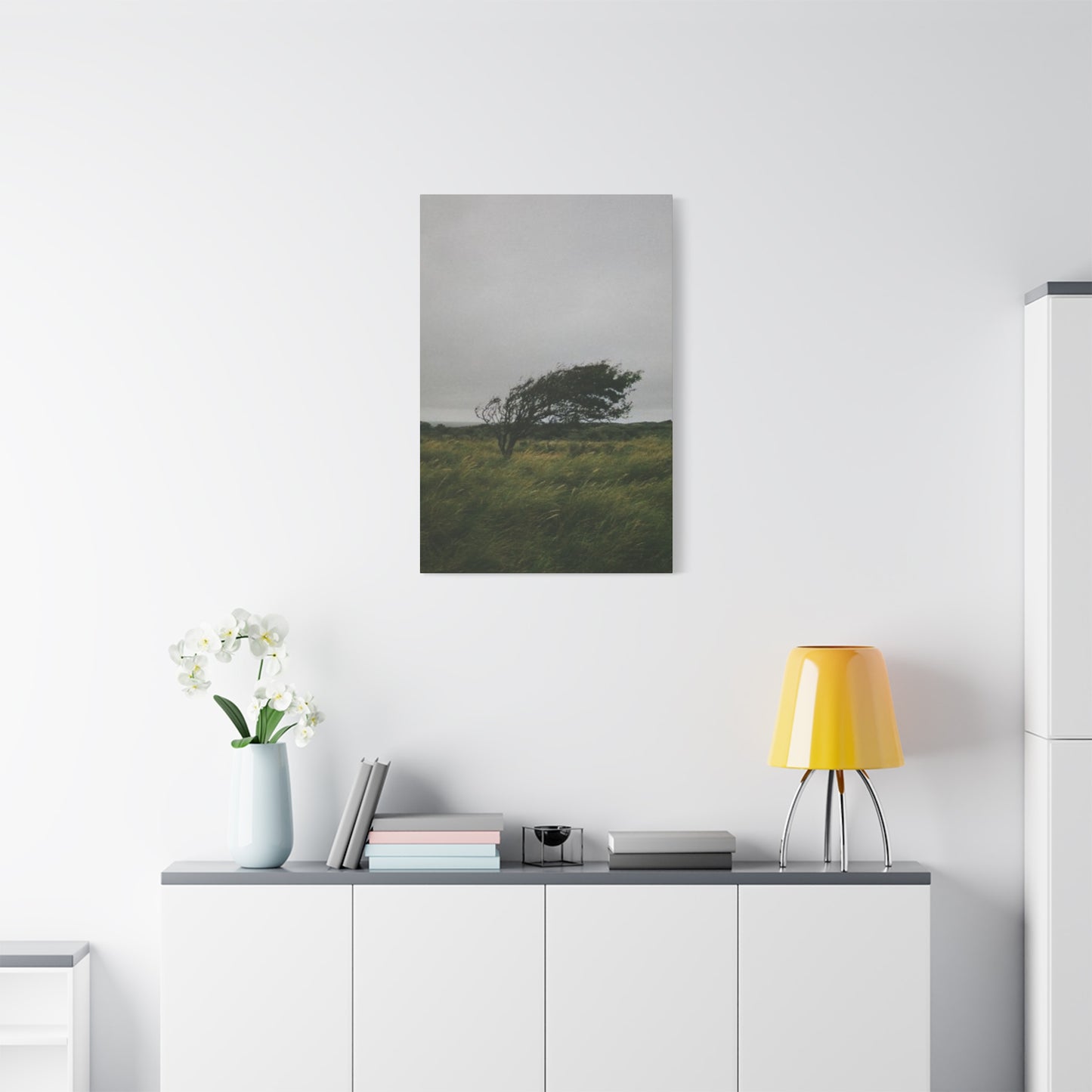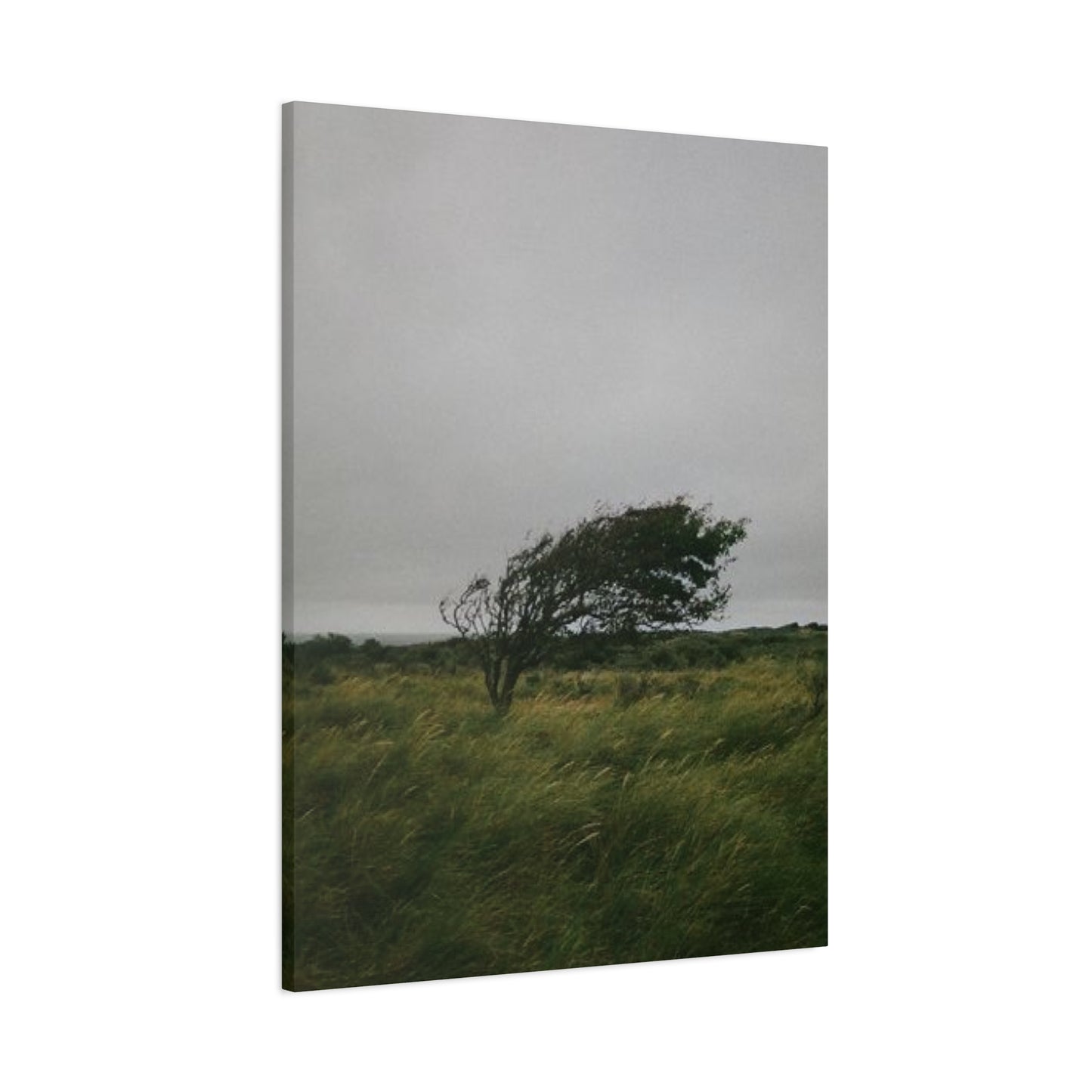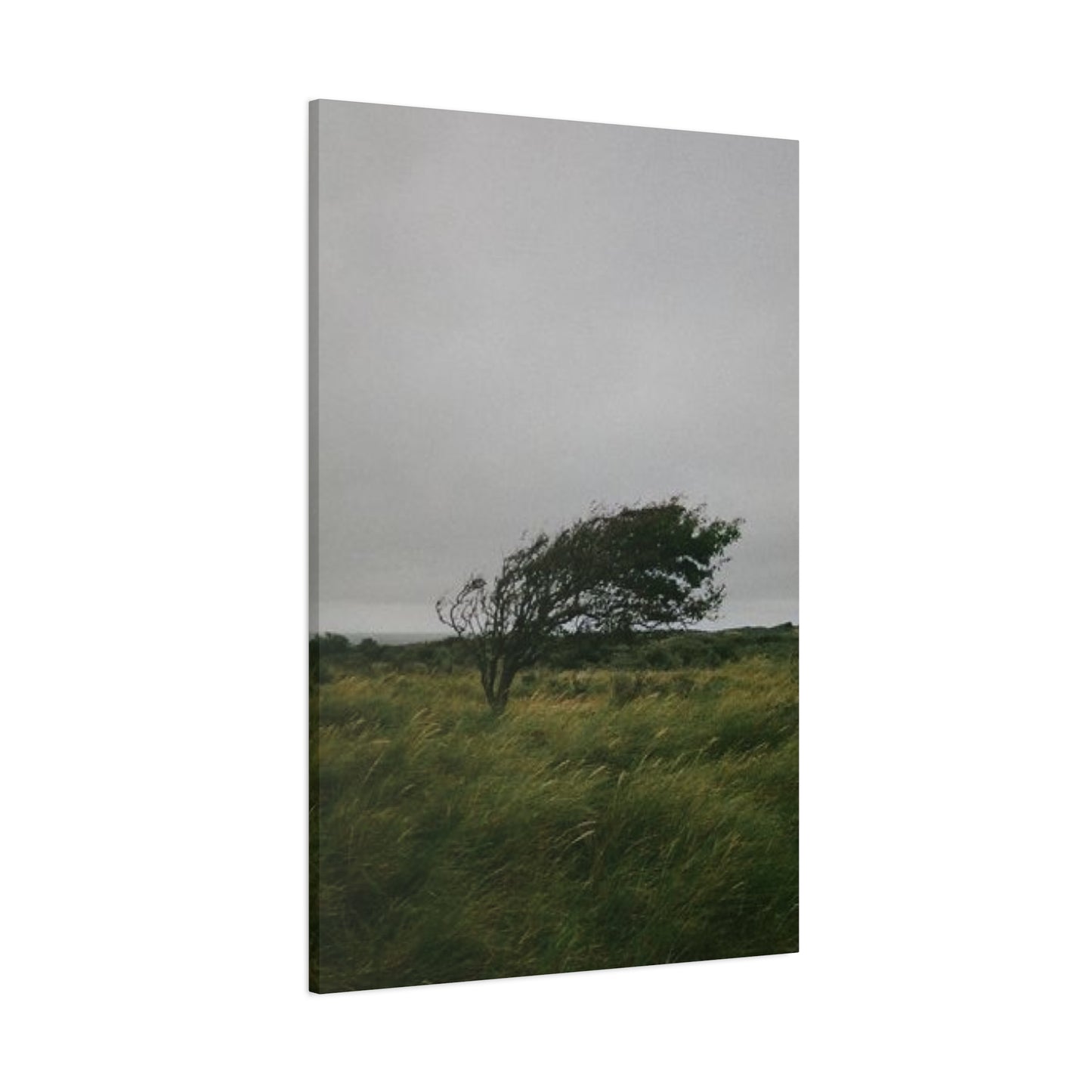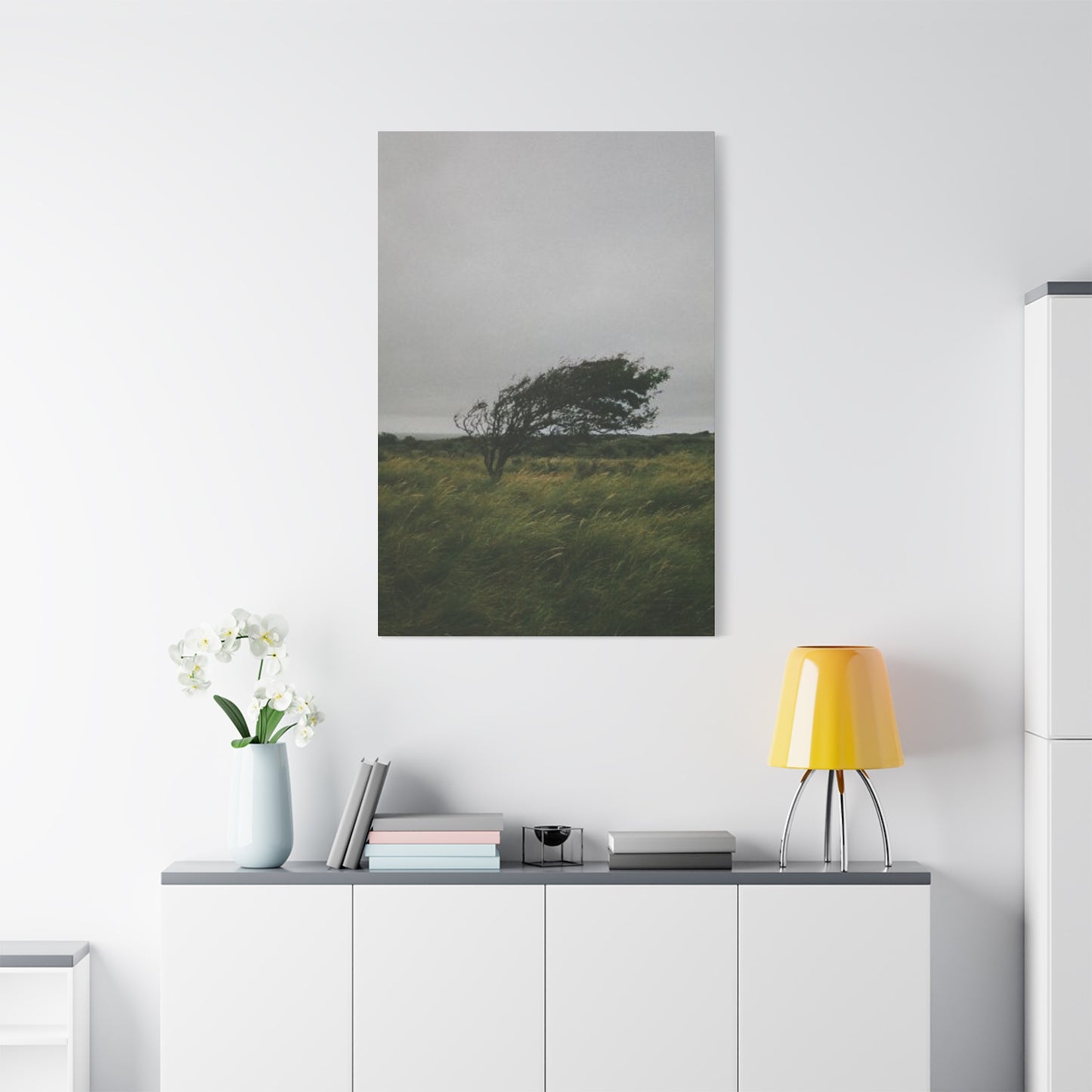The Elegance of Motion: A Deep Dive into Winding Fine Wall Art
The world of interior design continues to evolve with fresh perspectives on how we approach decorating our living spaces. Among the most captivating trends emerging in recent years is the incorporation of spiral and curved line artwork that brings dynamic movement and visual interest to walls. This form of artistic expression has captured the imagination of homeowners, interior designers, and art enthusiasts who seek to create spaces that feel both modern and inviting. The appeal of these pieces lies in their ability to transform ordinary walls into focal points that draw the eye and spark conversation.
Spiral patterns have existed throughout human history, appearing in nature, ancient art, and modern design. Today's interpretations of these timeless forms offer a contemporary twist that makes them perfect for current interior aesthetics. Whether rendered in minimalist black and white or featuring rich, vibrant colors, these artworks possess a unique quality that allows them to complement various design schemes while maintaining their distinctive character. The flowing lines create a sense of motion that can make a room feel more spacious and energetic, or when executed in softer tones, can provide a calming, meditative quality to a space.
Aesthetic Appeal and Visual Impact of Curved Line Artwork
The magnetic quality of spiral-themed decorative pieces stems from their fundamental design principles. These artworks leverage the natural human attraction to patterns and movement, creating visual pathways that guide the viewer's gaze across the composition. The spiraling forms can evoke feelings of growth, evolution, and continuity, making them particularly meaningful choices for spaces where people gather, reflect, or seek inspiration. Unlike static geometric patterns or traditional rectangular compositions, these flowing designs introduce an organic element that softens the angular lines typically found in modern architecture and furniture.
The versatility of these pieces cannot be overstated. They work beautifully in minimalist settings where their clean lines and simple elegance can shine without competition from other decorative elements. Equally, they can hold their own in more eclectic environments, serving as a unifying element that ties together diverse design elements. The key to their success lies in the balance they strike between simplicity and complexity. From a distance, the overall pattern creates a strong visual statement, while closer inspection reveals intricate details and subtle variations that reward sustained attention.
Color plays a crucial role in determining the emotional impact of these artworks. Monochromatic versions offer sophistication and restraint, making them ideal for professional settings or rooms where a calm atmosphere is desired. Multi-colored interpretations can inject energy and personality into a space, with each hue contributing to the overall mood. The interplay between the spiraling lines and their background creates depth and dimension, giving these two-dimensional pieces an almost sculptural quality that enhances their presence on the wall.
Material Choices and Production Methods for Modern Decorative Pieces
Contemporary spiral artwork comes to life through various production methods, each offering distinct characteristics that affect both appearance and longevity. Canvas prints remain among the most popular options, providing a traditional gallery feel with their textured surface and wrapped edges. The canvas material allows colors to appear rich and saturated while maintaining a slightly muted quality that prevents overwhelming brightness. These pieces can be stretched over wooden frames, creating a ready-to-hang solution that appears professional and polished without requiring additional framing.
Metal prints represent a modern alternative that brings a completely different aesthetic to spiral designs. The artwork is infused directly onto specially coated aluminum sheets, resulting in exceptional clarity, vibrant colors, and a luminous quality that seems to make the image glow from within. Metal prints offer remarkable durability, resisting fading, moisture, and physical damage far better than traditional paper or canvas. The sleek, contemporary appearance of metal makes it particularly well-suited for modern and industrial interior styles, though the right design can complement almost any decor scheme.
Acrylic printing provides another compelling option for those seeking a high-end finish. This process involves printing the image on photographic paper or directly on the back of clear acrylic panels, which are then mounted with spacers to create a floating effect. The result is stunning depth and dimensionality, with colors appearing almost three-dimensional due to the way light interacts with the acrylic layers. These pieces command attention and convey a sense of luxury that makes them popular for upscale residential and commercial installations.
Framed prints offer the widest range of customization possibilities. By selecting from various frame styles, colors, and finishes, buyers can tailor the artwork to perfectly match their existing decor. Traditional wooden frames in natural finishes work beautifully with organic, earth-toned spiral designs, while sleek metal frames complement more contemporary interpretations. The addition of matting creates extra visual breathing room around the image, drawing the eye inward and emphasizing the artwork itself. Glass or acrylic glazing protects the print from environmental damage while reducing glare that might interfere with viewing.
Winding fine wall art represents a distinct and captivating category of artistic expression, one that is defined by its emphasis on fluid lines, organic curves, and dynamic movement. Unlike art that relies on rigid geometry or static subjects, winding art captures a sense of life and motion. It is the visual representation of a journey, a flow of energy, or the gentle, meandering patterns found in the natural world. This category can encompass everything from abstract paintings with swirling brushstrokes to fine art photography capturing a serpentine river from above, or even a sculpted metal piece that twists and turns, casting intricate shadows on the wall. The "fine art" aspect signifies a high level of quality, originality, and conceptual depth. It is not merely decorative; it is designed to evoke emotion, provoke thought, and create a sophisticated focal point within an interior space.
The essence of winding fine wall art lies in its ability to lead the viewer's eye. It does not present a single point of focus but rather guides the gaze along a path, creating an interactive and engaging experience. This visual guidance can make a room feel more dynamic, breaking up the static nature of walls and furniture. It introduces a soft, natural element that can balance the harder lines often found in modern architecture and design. Whether it's the gentle curve of a hillside, the complex spiral of a seashell, or the energetic chaos of an abstract swirl, this art form taps into a fundamental human appreciation for patterns that are both complex and harmonious. It is a celebration of the non-linear, the unexpected, and the beautifully imperfect paths that define both nature and life itself.
Unraveling the Visual Language of Winding Paths in Art
The motif of the winding path holds a powerful and universal appeal in the visual arts. It is a narrative device captured in a single frame. When we look at a painting or photograph that features a winding path, road, or trail, we are instinctively drawn into the scene. This visual language speaks directly to our innate sense of curiosity and our understanding of life as a journey. A winding path obscures what is to come; it suggests mystery, possibility, and the passage of time. Unlike a straight road that reveals its destination immediately, a winding one implies adventure and discovery around the next bend. This element of narrative is what makes such pieces of winding fine wall art so compelling. They transform a passive viewing experience into an active one, inviting the spectator to mentally walk that path, to wonder where it leads, and to imagine the story of who might have traveled it before. In interior design, this visual language can be used to profound effect.
A large-scale photograph of a winding forest trail in a living room, for example, can create a sense of depth and escape, making the room feel larger and more connected to the outside world. The winding lines themselves create a gentle, organic rhythm that is calming to the eye, offering a visual respite from the angular and digital world we inhabit. Artists use these paths to control the composition, leading the viewer's eye from the foreground to the background in a deliberate and controlled manner. This creates a balanced and harmonious image that feels both intentional and effortlessly natural. The winding path is more than just a line; it is a symbol of progression, change, and the beautiful uncertainty of the future, making it a timeless and deeply resonant subject for fine art.
Curves and Spirals in Home Decor
The shapes and lines that surround us in our living spaces have a direct and measurable effect on our psychological well-being. Winding fine wall art, with its emphasis on curves, spirals, and meandering lines, taps into a deep-seated human preference for soft, natural forms. Psychologically, sharp angles and straight lines can be perceived as more energetic, aggressive, or even threatening, while curves are overwhelmingly associated with safety, comfort, and calm. This principle is a cornerstone of biophilic design, an approach that seeks to connect building occupants more closely to nature. Winding lines mimic the patterns of the natural world: the ripple of water, the grain of wood, the unfolding of a fern, or the spiral of a galaxy. Introducing these patterns into home decor through winding fine wall art can significantly reduce stress and anxiety. It creates a space that feels more welcoming, nurturing, and organic.
Spirals, in particular, have a unique psychological impact. They can be mesmerizing, drawing the eye inward to a single point of focus, which can be a meditative and grounding experience. In other contexts, they can represent growth, evolution, and infinite possibilities. A piece of art dominated by gentle, sweeping curves can make a room feel more fluid and cohesive, encouraging flow and movement. In contrast, a room filled with purely geometric, rectilinear furniture can feel static and rigid. The introduction of winding art breaks this rigidity, adding a layer of softness and sophistication. It provides a visual counterpoint that balances the environment, promoting a senseof harmony and emotional ease. By consciously choosing fine art with these organic, flowing lines, homeowners can curate an environment that not only looks beautiful but also actively supports their mental and emotional health.
Placement Strategies for Maximum Visual Impact
Selecting the optimal location for spiral artwork requires consideration of several factors including room size, lighting conditions, existing decor, and the intended atmosphere. In living rooms, these pieces often work best as the central element above a sofa, where they can serve as the room's primary focal point. The flowing lines create visual interest without overwhelming conversation areas, and their abstract nature encourages interpretation and discussion among guests. When positioning artwork above furniture, maintaining proper proportions is essential. The piece should typically span approximately two-thirds to three-quarters of the furniture's width, creating a balanced relationship between the wall decoration and the furnishings below.
Bedroom spaces benefit from the calming qualities that many spiral designs naturally possess. Positioning such artwork above the headboard creates a strong visual anchor for the room while potentially promoting relaxation through its flowing, continuous lines. Color selection becomes particularly important in sleeping areas, with softer palettes generally proving more conducive to rest. However, some individuals find that energizing colors in their bedroom help them start the day with enthusiasm. The key is selecting a piece whose emotional resonance aligns with the room's intended purpose and the occupant's personal preferences.
Office environments, whether home-based or commercial, gain sophistication and creative energy from well-chosen spiral artwork. These pieces can help break up the monotony of blank walls without creating distractions that interfere with productivity. In conference rooms or client-facing areas, they project an image of modernity and forward-thinking that can positively influence perception of the business. For home offices, where maintaining motivation and inspiration is crucial, the continuous movement implied by spiral patterns can symbolize progress and ongoing development.
Entryways and hallways present unique opportunities for spiral artwork. These transitional spaces often lack the square footage for substantial furniture, making wall decoration the primary means of creating visual interest. A striking piece featuring bold spirals can transform a mundane corridor into a gallery-like experience, making the journey between rooms feel intentional and designed. The vertical format works particularly well in narrow hallways, drawing the eye upward and creating an impression of greater height. In entryways, such artwork establishes the aesthetic tone for the entire home, giving visitors an immediate sense of the owner's style sensibility.
Coordinating Spiral Artwork with Interior Design Styles
Modern minimalist interiors provide an ideal backdrop for spiral-themed decorative pieces. The clean lines and uncluttered surfaces characteristic of this style allow the artwork to command full attention without competing with other elements. In these settings, choosing pieces with simple color schemes—often just black and white or two complementary colors—maintains the aesthetic coherence that minimalism requires. The organic quality of spirals provides welcome relief from the strict geometry often found in minimalist spaces, introducing a human element that prevents the environment from feeling cold or sterile.
Scandinavian-inspired interiors, with their emphasis on functionality, natural materials, and muted color palettes, pair beautifully with spiral artwork that incorporates similar restraint. Pieces featuring soft grays, whites, and natural wood tones blend seamlessly with the Nordic aesthetic while adding visual complexity that elevates the overall design. The flowing forms echo the Scandinavian appreciation for organic shapes and connection to nature, even when rendered in abstract form. These artworks can serve as the pop of personality that prevents Scandinavian spaces from feeling too uniform or predictable.
Industrial-style spaces, characterized by exposed brick, metal fixtures, and raw materials, benefit from the softening influence of curved line artwork. The contrast between hard, angular architectural elements and flowing spiral patterns creates dynamic tension that makes both elements more interesting. Metal prints work particularly well in these environments, their sleek finish and material composition harmonizing with the industrial aesthetic while the curved forms provide necessary balance. Color choices might lean toward bold, saturated hues that can hold their own against the visual weight of industrial materials.
Bohemian interiors, known for their eclectic mix of patterns, textures, and colors, can incorporate spiral artwork as either a unifying element or an additional layer of visual interest. In these maximalist spaces, choosing pieces with rich, saturated colors or multiple hues helps the artwork integrate with the surrounding abundance. The organic nature of spiral patterns complements the boho emphasis on natural forms and handcrafted aesthetics. These pieces can tie together disparate elements by echoing colors found elsewhere in the room or by providing a focal point around which other decorations can be arranged.
Contemporary traditional homes, which blend classic furniture styles with modern elements, find in spiral artwork a bridge between old and new. These pieces can update traditional spaces without requiring wholesale redesign, introducing current trends in a way that respects existing investments in furniture and decor. Framed prints with traditional wooden frames allow the artwork to adapt to more classic settings, while the contemporary subject matter keeps the space feeling current. The key is selecting pieces with appropriate scale and color schemes that complement rather than clash with traditional elements.
Sizing Considerations for Optimal Proportions
Selecting appropriately sized artwork is crucial for achieving professional-looking results. Undersized pieces appear insignificant and fail to make the intended impact, while oversized artwork can overwhelm spaces and create visual imbalance. For walls above sofas or beds, the general guideline suggests choosing pieces that span approximately two-thirds to three-quarters of the furniture's width. This proportion creates visual harmony without appearing either too cramped or too small. In practice, this often means selecting pieces in the 40 to 60 inch range for standard-sized furniture.
Large statement pieces, typically 60 inches or larger, work best on expansive wall surfaces where they can be appreciated from appropriate viewing distances. These oversized artworks create immediate impact and can serve as the defining element of a room's design. They're particularly effective in spaces with high ceilings or open floor plans where smaller pieces might get lost. However, these dramatic pieces require sufficient breathing room—overcrowding them with nearby furniture or competing wall decorations diminishes their effectiveness.
Medium-sized pieces, ranging from 30 to 50 inches, offer flexibility for various applications. They're substantial enough to serve as focal points in smaller rooms while also working well as part of gallery wall arrangements in larger spaces. This size range suits most residential applications, providing sufficient visual weight without requiring the commitment of very large pieces. Medium artwork allows for easier rearrangement as design preferences evolve, offering practical advantages alongside aesthetic ones.
Small spiral artworks, under 30 inches, excel in tight spaces, as accent pieces, or as components of larger gallery walls. They can bring personality to powder rooms, hallways, or office cubicles where larger pieces wouldn't fit. Multiple small pieces arranged thoughtfully can create visual interest that rivals single large statements. The key is ensuring small artwork isn't positioned on vast empty walls where it will appear lost and insignificant. Proper placement and grouping make small pieces powerful design tools.
Creating Gallery Walls with Spiral-Themed Artwork
Gallery walls represent an opportunity to showcase multiple pieces in arrangements that create greater impact than individual artworks alone. When incorporating spiral designs into gallery walls, maintaining some visual consistency helps the collection feel intentional rather than random. This consistency might come from similar color palettes, matching frame styles, or thematic connections between pieces. However, too much uniformity becomes boring—the goal is balance between cohesion and variety that keeps the eye moving and engaged.
Layout planning is essential for successful gallery walls. Before putting holes in walls, arrange pieces on the floor or create paper templates to test various configurations. Common arrangements include symmetrical grids that feel formal and organized, asymmetrical clusters that appear more casual and creative, or salon-style collections that cover entire walls with pieces of varying sizes and orientations. Maintaining consistent spacing between pieces—typically 2 to 3 inches—creates unity within the arrangement. The overall shape of the collection should relate to the wall and furniture placement, with wider arrangements over horizontal furniture and vertical collections in narrow spaces.
Mixing spiral artwork with other styles can create dynamic gallery walls that showcase diverse tastes. Combining abstract spirals with photography, botanical prints, or figurative art prevents monotony while allowing individual pieces to shine. The key is finding subtle connections—perhaps similar color palettes, complementary shapes, or thematic relationships—that tie disparate elements together. Frame selection plays a crucial role in mixed galleries, with consistent frames creating unity among varied subjects or varied frames requiring stronger thematic connections between the artworks themselves.
Lighting considerations can make or break gallery wall presentations. Each piece should receive adequate illumination to be properly appreciated, whether from natural light, ambient room lighting, or dedicated picture lights. Avoid placing gallery walls where direct sunlight will strike them for extended periods, as this can cause fading and damage over time. For particularly important collections, installing adjustable track lighting or individual picture lights allows precise control over how each piece is illuminated, creating museum-quality presentation in residential settings.
Maintenance and Preservation of Contemporary Wall Decorations
Proper care extends the life and appearance of spiral artwork significantly. Dust accumulation is the most common issue, gradually dulling colors and obscuring details. Regular dusting with soft, dry microfiber cloths prevents buildup without risking damage to delicate surfaces. For framed pieces behind glass, specialized glass cleaners applied to the cloth rather than directly on the surface prevent liquid from seeping behind the frame. Avoid household cleaners containing ammonia or harsh chemicals that might damage prints, frames, or protective coatings.
Canvas prints require gentle handling due to their textured, unprotected surfaces. Dusting should be done carefully with soft brushes or cloths, moving in the direction of the canvas weave rather than against it. If canvas becomes soiled, professional cleaning is often the safest option, as home cleaning attempts can cause irreversible damage. Protecting canvas pieces from direct sunlight, high humidity, and temperature fluctuations preserves their appearance for decades. UV-protective sprays designed specifically for canvas can add an extra layer of protection against fading.
Metal and acrylic prints offer superior durability compared to traditional materials but still benefit from proper care. Their smooth surfaces make dusting simple, and they resist fading far better than paper or canvas. However, these materials can scratch if cleaned with abrasive materials or gritty dust. Microfiber cloths slightly dampened with water effectively clean both metal and acrylic without leaving streaks or residue. For stubborn marks, specialized cleaners designed for the specific material ensure safe removal without damage.
Environmental factors play a crucial role in artwork preservation. Humidity fluctuations can cause paper to buckle, canvas to sag or tighten, and metal frames to corrode. Maintaining relatively stable humidity levels—typically between 40 and 50 percent—creates ideal conditions for most artwork. Temperature extremes also cause problems, particularly rapid changes that create expansion and contraction in materials. Avoiding placement near heating vents, air conditioning outlets, fireplaces, or exterior doors protects pieces from environmental stress.
UV radiation from sunlight represents one of the greatest threats to artwork longevity. Even pieces not in direct sunlight receive ambient UV exposure that gradually fades colors and damages materials. UV-filtering glass or acrylic in frames provides excellent protection, blocking harmful radiation while remaining virtually invisible. Window films or treatments can reduce UV transmission in rooms where artwork is displayed, protecting entire collections simultaneously. Alternatively, positioning pieces on walls perpendicular to windows minimizes direct light exposure while still allowing natural illumination of the space.
Budget Considerations and Value Propositions
Investing in quality wall decoration involves balancing aesthetic desires with financial realities. Spiral artwork spans a wide price range depending on size, materials, production methods, and artist reputation. Print-on-demand pieces from online retailers offer the most affordable entry point, with small to medium prints often available for modest sums. These options make it possible to experiment with different styles and placements without significant financial commitment. As mass-produced items, they lack exclusivity but provide accessible design solutions for budget-conscious decorators.
Original artwork commands premium prices that reflect the artist's time, skill, and the piece's uniqueness. For those with larger budgets and appreciation for one-of-a-kind creations, commissioning or purchasing original spiral artwork becomes an investment that appreciates both aesthetically and potentially financially. Original pieces carry the cachet of exclusivity and the satisfaction of supporting working artists. The emotional connection to unique artwork often exceeds what's possible with mass-produced alternatives, making the premium worthwhile for many collectors.
Limited edition prints occupy a middle ground between mass-produced prints and original artwork. These numbered pieces, produced in restricted quantities, offer partial exclusivity at prices more accessible than originals. Certification of authenticity accompanies legitimate limited editions, providing assurance of the piece's provenance and scarcity. As editions sell out, remaining pieces may appreciate in value, particularly if the artist gains prominence. However, the investment potential should be secondary to aesthetic enjoyment—purchasing art primarily as financial investment rarely proves satisfying.
Quality considerations justify price differences between seemingly similar pieces. Premium printing techniques, archival materials, and expert craftsmanship create artwork that maintains its appearance for decades, while budget options may fade, warp, or deteriorate relatively quickly. When divided across years of display, the cost difference between quality and budget pieces often becomes negligible, making higher initial investment more economical long-term. Additionally, quality pieces provide greater satisfaction through their superior appearance, lending legitimacy and sophistication to interior spaces in ways budget alternatives cannot match.
Digital Creation Techniques Behind Modern Abstract Artwork
Contemporary spiral artwork frequently originates in digital creation environments where artists leverage software capabilities impossible in traditional media. Vector graphics programs allow designers to create mathematically perfect curves and spirals that can be scaled infinitely without quality loss. This scalability means the same design can be printed at postcard size or billboard proportions with identical clarity. Digital tools enable precise color control, allowing artists to specify exact hues and create smooth gradients impossible with physical paints or inks.
Algorithmic and generative art techniques produce spiral patterns through code and mathematical formulas rather than manual drawing. Artists write programs that create variations on spiral themes, exploring design possibilities far beyond what manual creation allows. This approach can generate hundreds or thousands of unique variations, from which the artist selects the most compelling compositions. The intersection of art and mathematics in these pieces appeals to viewers who appreciate both aesthetic beauty and logical structure, creating depth of meaning that purely intuitive art lacks.
Photographic source material sometimes forms the basis for abstract spiral artwork through digital manipulation. Artists might start with photographs of natural spirals—shells, plants, water patterns—and transform them through rotation, repetition, distortion, and color adjustment until the original subject becomes unrecognizable. This approach grounds abstract work in reality while transcending literal representation. The tension between natural origins and abstract presentation adds conceptual richness that purely geometric designs may lack.
Traditional techniques combined with digital finishing offer another creative pathway. Artists might create physical paintings, drawings, or mixed media pieces featuring spiral motifs, then scan and digitally enhance these works. This hybrid approach combines the warmth and authenticity of handmade art with the precision and reproducibility of digital formats. The result often exhibits more character and depth than purely digital work while maintaining the practical advantages of digital distribution and reproduction.
Environmental and Sustainability Considerations
Environmentally conscious consumers increasingly consider the ecological impact of their purchases, including decorative artwork. Production methods vary significantly in their environmental footprints, making informed choices important for those prioritizing sustainability. Digital printing technologies have generally improved in efficiency, with modern printers using less energy and generating less waste than older equipment. However, the substrates being printed on vary widely in their environmental credentials, making material selection crucial for minimizing ecological impact.
Canvas from organic or sustainably farmed cotton represents an environmentally preferable choice compared to conventional cotton, which requires significant pesticides and water. Some manufacturers now offer canvas made from bamboo or hemp, both of which grow rapidly with minimal environmental impact. Recycled canvas, recovered from industrial waste or post-consumer sources, provides another sustainable option. The stretcher bars supporting canvas can be sourced from sustainably managed forests certified by organizations that verify responsible forestry practices.
Metal prints, while highly durable and long-lasting, carry environmental considerations related to aluminum production. Aluminum manufacturing requires significant energy, though recycling existing aluminum uses only a fraction of the energy needed for primary production. Choosing metal prints from suppliers using recycled aluminum content reduces environmental impact. The exceptional longevity of metal prints—potentially lasting generations without fading or deterioration—partially offsets production impact through extended usefulness.
Inks and coatings vary in environmental friendliness, with water-based and vegetable-based inks preferable to solvent-based alternatives. UV-cured inks, which harden instantly under ultraviolet light without requiring heat or solvents, minimize volatile organic compound emissions that contribute to air pollution and health problems. Inquiring about the inks and processes used by print providers allows environmentally conscious buyers to make informed decisions. Some companies now provide detailed environmental information about their production methods, making comparison shopping based on sustainability criteria increasingly feasible.
Shipping and packaging contribute significantly to product environmental footprints. Artwork shipped internationally or across continents generates substantial carbon emissions from transportation. Choosing locally produced pieces or those from domestic suppliers reduces transportation impact. Packaging materials range from plastic bubble wrap and styrofoam to recycled cardboard and biodegradable protective materials. Some companies now offer plastic-free packaging options using innovative materials like mushroom packaging or recycled paper products that protect shipments effectively while minimizing environmental harm.
Seasonal and Occasion-Based Decoration Approaches
While many choose artwork as permanent additions to their spaces, others enjoy rotating pieces seasonally or for special occasions. This approach keeps interiors feeling fresh and responsive to changing moods and celebrations throughout the year. Spiral artwork's abstract nature makes it adaptable to various themes through color selection and styling. Warm-toned spirals in oranges, reds, and browns create autumn atmospheres, while cool blues and whites evoke winter serenity. Spring celebrations might feature greens and pastels, with summer calling for vibrant, energetic hues.
Temporary hanging solutions make seasonal rotation practical without damaging walls. Removable adhesive strips rated for appropriate weight allow secure mounting without nails or screws, making damage-free removal simple. Picture rail systems, installed once and used indefinitely, enable quick artwork changes by hanging pieces from adjustable cables or hooks. These systems work particularly well for renters or those who frequently rearrange their spaces. Easels provide another no-commitment display option, particularly effective for larger statement pieces in spacious rooms.
Storage considerations become important for those maintaining seasonal artwork collections. Pieces not currently displayed require protection from damage, dust, and environmental factors. Storing artwork in climate-controlled areas prevents warping, fading, and deterioration. Wrapping pieces in acid-free tissue paper protects surfaces from scratches and dust. Storing framed pieces upright rather than flat prevents warping and makes individual pieces easier to access. Creating an inventory system helps track collections and plan seasonal rotations effectively.
Holiday decorating provides opportunities for artwork to enhance seasonal themes. Spiral designs in red and green complement traditional holiday color schemes without literal imagery that might feel overly specific. Metallic gold or silver spirals add festive shimmer to celebration spaces. The abstract nature of spiral art allows it to suggest holiday spirit without being so explicitly seasonal that it appears out of place when displayed beyond brief holiday periods. This versatility makes spiral pieces valuable components of flexible decorating strategies.
Commercial and Office Applications
Business environments benefit from thoughtful artwork selection in ways that extend beyond mere decoration. Client-facing spaces like reception areas, conference rooms, and executive offices convey messages about company culture, values, and sophistication through their visual presentation. Spiral artwork's contemporary appearance signals forward-thinking and innovation, qualities most businesses wish to project. The abstract nature avoids controversial content while providing visual interest that makes spaces feel designed and intentional rather than merely functional.
Workplace psychology research indicates that visual elements significantly impact employee satisfaction, creativity, and productivity. Blank, sterile environments contribute to disengagement and stress, while thoughtfully decorated spaces promote wellbeing and inspiration. Spiral artwork's dynamic movement can energize spaces without creating distraction, making it particularly suitable for work environments. The continuous flow of spiral patterns may subconsciously encourage persistence and forward progress, subtly reinforcing productive mindsets.
Industry-specific considerations influence appropriate artwork choices for businesses. Creative industries like advertising agencies, design firms, and media companies benefit from bold, unconventional pieces that reinforce their innovative identities. Professional services including law firms, financial institutions, and medical practices might prefer more restrained interpretations that project sophistication and trustworthiness. Hospitality businesses like hotels and restaurants can use artwork to create memorable atmospheres that differentiate them from competitors and encourage positive reviews and return visits.
Budget considerations in commercial contexts differ from residential purchases, with businesses potentially accessing different suppliers and pricing structures. Bulk purchasing of multiple pieces often qualifies for discounts that make outfitting entire facilities more affordable. Leasing programs allow businesses to display quality artwork without large capital expenditures, with options to rotate pieces periodically to maintain fresh environments. Tax considerations may make artwork purchases more favorable for businesses than individuals, with pieces potentially qualifying as depreciable assets or immediately deductible expenses depending on circumstances and jurisdiction.
Cultural Influences and Design Heritage
Spiral motifs appear throughout human cultural history, carrying symbolic meanings that vary across societies and time periods. Ancient Celtic cultures incorporated spiral designs into their art, associating the forms with concepts of eternal life, spiritual growth, and the interconnectedness of all things. These triple spirals or triskeles appeared in megalithic art and later Christian manuscripts, representing the continuity between earth, water, and sky or the three realms of material existence, the spiritual world, and the celestial kingdom.
Native American cultures, particularly those of the Southwest, incorporated spiral symbols representing journeys, both physical migrations and spiritual quests toward enlightenment. The spiral's path from outer edge to center symbolized life's journey inward toward understanding and wisdom. Many tribes associated spirals with wind, water, and natural forces that shaped their environments and lives. These traditional meanings add depth to contemporary interpretations, connecting modern abstract work with ancient spiritual and philosophical concepts.
Asian artistic traditions feature spiral motifs in various contexts, from Japanese wave patterns to Tibetan mandala designs. The continuous flowing quality of spirals harmonizes with Eastern philosophical concepts of cyclical time, reincarnation, and the eternal nature of consciousness. Chinese dragon imagery often incorporates spiral elements, representing the creature's connection to water, clouds, and transformative power. Contemporary Asian-inspired designs frequently reference these traditional associations while adapting them to modern aesthetic sensibilities.
Greek and Roman classical architecture employed spiral columns, volutes, and decorative elements that influenced Western design for millennia. The Ionic column's distinctive spiral scrolls demonstrated how mathematical precision could create organic-feeling forms. Renaissance artists rediscovered and celebrated these classical principles, incorporating spirals into their exploration of proportion, perspective, and ideal beauty. This classical heritage lends spiral artwork connections to Western cultural foundations, making contemporary interpretations feel both innovative and rooted in tradition.
Psychological Effects of Viewing Spiral Patterns
The human visual system responds to spiral patterns in distinctive ways that affect viewer experience and emotional state. Research in perception and cognition reveals that continuous curved lines require different visual processing than straight edges or angles. The eye follows spiral paths naturally, creating a sense of movement even in static images. This perceived motion can energize viewers or, depending on spiral direction and speed, induce calm through rhythmic visual flow. The psychological impact varies with individual differences, but general patterns exist across populations.
Clockwise spirals often feel more natural and comfortable to viewers in cultures with left-to-right reading patterns, as this direction matches the dominant eye movement trained through years of reading. Counterclockwise spirals can create slight tension or dissonance that makes them more attention-grabbing and memorable. Artists can exploit these subtle effects intentionally, choosing spiral directions that support their desired emotional impact. Multiple spirals moving in opposite directions create dynamic tension that energizes compositions.
The tightness or looseness of spiral patterns influences their psychological effects. Tightly wound spirals with many rotations in small spaces create intensity and can feel energizing or overwhelming depending on context and color. Loose, open spirals with gradual curves feel more relaxed and contemplative, encouraging meditation and calm reflection. Understanding these effects helps in selecting pieces appropriate for specific spaces and intended emotional atmospheres.
Color combinations interact with spiral forms to amplify or moderate their psychological effects. High-contrast color combinations in spiral patterns create vibration effects that capture attention and energize spaces, while low-contrast combinations feel more subtle and relaxing. Warm colors in spiral compositions generally increase energy and emotional intensity, while cool colors promote calm and contemplation. Thoughtful combination of form and color allows precise tuning of artwork's emotional impact to match space requirements.
Customization and Personalization Options
Many suppliers now offer customization services that transform standard designs into personalized artwork uniquely suited to specific spaces and preferences. Color customization represents the most accessible option, with digital designs easily modified to match existing decor. Changing spiral colors to coordinate with room accents, furniture, or architectural features creates cohesion that makes spaces feel professionally designed. Some providers offer unlimited color adjustments, while others work from preset palettes or charge fees for custom color work.
Size customization ensures optimal proportions for specific wall spaces. While standard sizes work for many applications, custom dimensions allow perfect fitting for challenging spaces like narrow hallways, above doors, or in stairwells where standard proportions might not work. Digital artwork scales perfectly to any dimension without quality loss, making custom sizing straightforward. Pricing for custom sizes typically reflects the material costs of the larger or smaller substrate rather than additional design work.
Adding personalized text or monograms transforms decorative pieces into meaningful personal statements or gifts. Family names, meaningful quotes, dates commemorating special occasions, or initials can be incorporated into spiral designs in ways that feel integrated rather than added as afterthoughts. Typography choices should complement the flowing nature of spiral patterns, with curved or organic letterforms generally working better than strict geometric fonts. Placement requires careful consideration to ensure text remains legible while not disrupting the composition's visual flow.
Combining personal photographs with spiral design elements creates hybrid pieces that merge abstract art with personal meaning. Family photos might be subtly incorporated into spiral patterns, creating artistic presentations that transcend typical photo displays. Travel photographs can be processed to emphasize spiral forms found naturally in architecture, landscapes, or water, creating personalized artwork that commemorates meaningful experiences. This customization level typically requires working with designers skilled in digital manipulation, but results create truly unique pieces impossible to find in any store.
Installation Methods and Hanging Hardware
Proper installation ensures artwork displays safely and appears professionally presented. Different artwork types and weights require appropriate hardware and techniques. Lightweight pieces under 20 pounds can typically hang from standard picture hooks designed for drywall, with the hook's weight rating exceeding the artwork's actual weight by a comfortable margin. Wire or sawtooth hangers on the frame back hook over the picture hook, with wire offering more flexibility for leveling while sawtooth hangers provide more precise positioning.
Medium-weight pieces ranging from 20 to 50 pounds require more robust hanging solutions. Heavy-duty picture hooks designed for drywall can support this weight range when properly installed into wall studs or using anchors rated for the specific wall material. Toggler or expansion anchors distribute weight across larger wall areas, preventing damage in drywall or plaster. Two-point hanging systems provide additional stability for larger pieces, preventing tilting and ensuring the artwork hangs level even if wall surfaces are slightly irregular.
Heavy pieces exceeding 50 pounds demand professional-grade installation hardware. French cleats provide exceptional security and weight distribution, with interlocking components on wall and frame preventing artwork from coming loose even in earthquakes. Installation into wall studs becomes essential at this weight range, with the structural framing providing necessary support. Professional installation services ensure proper technique and may provide insurance coverage against damage during mounting. For especially valuable or heavy pieces, professional installation proves worth the additional expense.
Gallery walls with multiple pieces require careful planning to ensure level, evenly spaced arrangements. Laser levels project perfectly horizontal or vertical lines for precise positioning of multiple frames. Paper templates cut to match each frame's dimensions allow testing arrangements before putting holes in walls. Measuring from room corners or ceiling lines often provides more accurate reference points than measuring between frames, as small errors compound when measuring sequentially. Installing the central or largest piece first and building outward typically produces better results than starting from one end.
Lighting Design to Enhance Artwork Display
Proper illumination dramatically affects how artwork appears and the impact it creates in a space. Natural daylight provides the most accurate color rendering, allowing artwork to appear as the artist intended. However, direct sunlight causes fading and damage, requiring careful positioning or window treatments that filter harmful UV radiation while allowing visible light. North-facing windows in northern hemisphere locations provide consistent, indirect natural light ideal for artwork display. East and west-facing windows present more challenging lighting conditions with direct sunlight at certain times, requiring more careful artwork positioning.
Ambient room lighting establishes the base illumination level that affects artwork visibility. Ceiling fixtures, floor lamps, and table lamps contribute to overall lighting that should provide adequate illumination without creating glare on artwork surfaces. Matte finishes and anti-reflective glass reduce glare problems, but lighting placement remains crucial. Lights positioned at angles between 30 and 40 degrees from the wall illuminate artwork effectively while minimizing reflections. Dimmers allow adjusting ambient lighting to suit different activities and times of day while ensuring artwork remains appropriate.
Final Thoughts:
The William Family Canvas Wall Art is not just a beautiful decoration—it's a powerful, personal statement that celebrates the bond of family and the legacy that connects generations. It transcends the ordinary, transforming a simple canvas into a cherished heirloom that tells the story of your family’s past, present, and future. Whether it's displaying a family name, crest, or custom details, this piece becomes an integral part of your home, preserving the strength and unity of your lineage for years to come.
By incorporating such meaningful art into your living space, you’re not only enriching your home’s aesthetic but also creating a lasting reminder of your family’s heritage. It’s a celebration of who you are and where you come from—an enduring tribute that will be passed down through generations, making it an invaluable part of your family’s legacy.
Ultimately, the William Family Canvas Wall Art invites reflection, connection, and pride. It’s a timeless addition to any home, capturing the essence of family in a way that’s both beautiful and meaningful. If you’re looking to celebrate your roots and honor your family’s history, this piece is the perfect way to do so.


















